by Louisa Evers
The Boise River Enhancement Network has begun a year-long project to document birds at the site of the future Middleton River Park. The data will be shared with City of Middleton and others to help inform the design of the future park. From late January through March, volunteer birders have sighted 55 species of birds in the 100-acre park (see list at the end). Bird species change throughout the year, and this project endeavors to create an accurate list of resident, seasonal, and migratory birds.
The park site lies along the north side of the Boise River, west of Middleton Road and east of the Middleton Waste Water Treatment Plant. Mill Slough borders the site on the north. The site was a working homestead for decades. Grazing and other activities have disturbed the natural vegetation and much of the site is now dominated by invasive weeds.
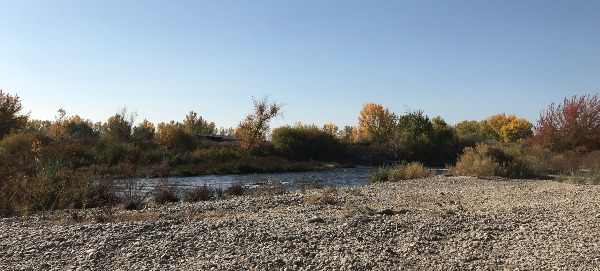
A Variety of Wet and Dry Habitat
There are a variety of habitat types including a marshy area with cattails, riparian areas, shrubs, ponds, forested uplands, and the Boise River. The extent of cattails indicates the marshy area may have been created by a beaver dam as there is evidence of beaver and the marshy area has apparently existed since at least 1992 based on imagery in Google Earth. The marshy area lies along a streambed. Currently there is only a small section where standing water remains.
There are two ponds within the park area and one adjacent to it. One of the ponds is a remnant of a much larger pond that has partly filled in over the years. The other appears to be a more recently created pond as it has no shoreline vegetation. In addition, there is a Boise River side channel that has mudflats at least part of the year. These mudflats may have been created by the flooding in 2017. No formal trails exist, but there are old two-tracks and deer trails that a person can follow.

The park area is large and irregularly shaped which helps create the diversity of habitat present. The middle of the park area is sparsely vegetated. The sandy soils and rounded rocks indicate this area is part of the Boise River floodplain. The presence of native Black Cottonwood trees is a clue that the groundwater table is high and connected to the Boise River.

Changing Season Changing Birds
We are interested in how the numbers and species of birds change through the seasons. Some winter birds are likely to leave soon and summer birds will arrive. The park area seems to provide suitable habitat for migrating birds as well. Time will tell which birds are present year-round and which are visitors during certain parts of the year. A good understanding of what birds use the park area now (and which don’t) will help park planners design and landscape the park to provide healthy native habitat to support local bird populations.
Citizen Science (when it’s safe)
When it’s safe and allowed, we encourage birders in the Treasure Valley to visit this site and participate in the project. Volunteers can use eBird, a citizen science program run by the Cornell Lab of Ornithology, to record what birds they see. They can download the eBird application onto their smart phone and record which species of birds and how many they see while they’re in the field. The application keeps track of how long they look and how far they travel too. To see and hear the most birds, especially in spring, visit in the morning when birds are more active. Right around sunrise at this time of year is the best for experiencing the dawn chorus. You will see more birds and may see some of the mule deer that frequent the park if you keep your dog on a leash.
Middleton River Park Photo Gallery
Photos by Louisa Evers.
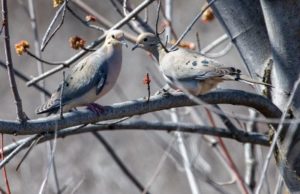
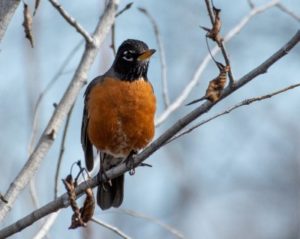
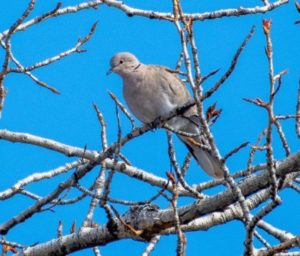
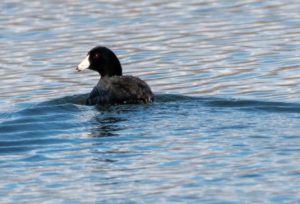
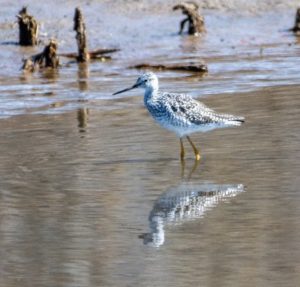
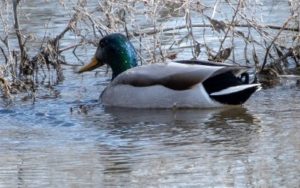
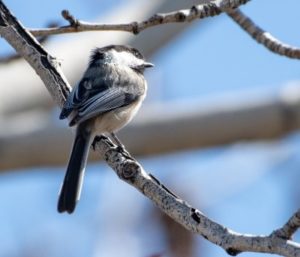
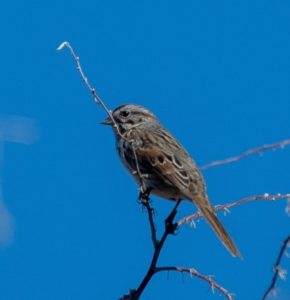
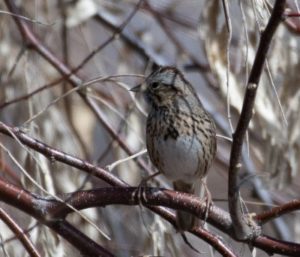
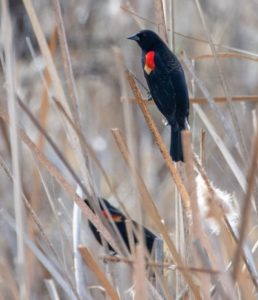
Middleton River Park Bird List as of March 28, 2020
| Snow goose (flyover) | Red-tailed hawk |
| Greater white-fronted goose (flyover) | Great horned owl |
| Canada goose | Belted kingfisher |
| Wood duck | Downy woodpecker |
| Gadwall | Northern flicker |
| American wigeon | American kestrel |
| Mallard | Say’s phoebe |
| Green-winged teal | Black-billed magpie |
| Common goldeneye | American crow |
| Common merganser | Black-capped chickadee |
| California quail | Tree swallow |
| Ring-necked pheasant | Ruby-crowned kinglet |
| Wild turkey | Bewick’s wren |
| Rock pigeon | European starling |
| Eurasian collared-dove | Western bluebird |
| Mourning dove | American robin |
| American coot | House sparrow |
| Killdeer | Evening grosbeak |
| Wilson’s snipe | House finch |
| Greater yellowlegs | American goldfinch |
| Ring-billed gull | Dark-eyed junco |
| Double-crested cormorant | White-crowned sparrow |
| Great blue heron | Song sparrow |
| Northern harrier | Lincoln’s sparrow |
| Sharp-shinned hawk | Western meadowlark |
| Cooper’s hawk | Red-winged blackbird |
| Bald eagle | Yellow-rumped warbler |
| Osprey |